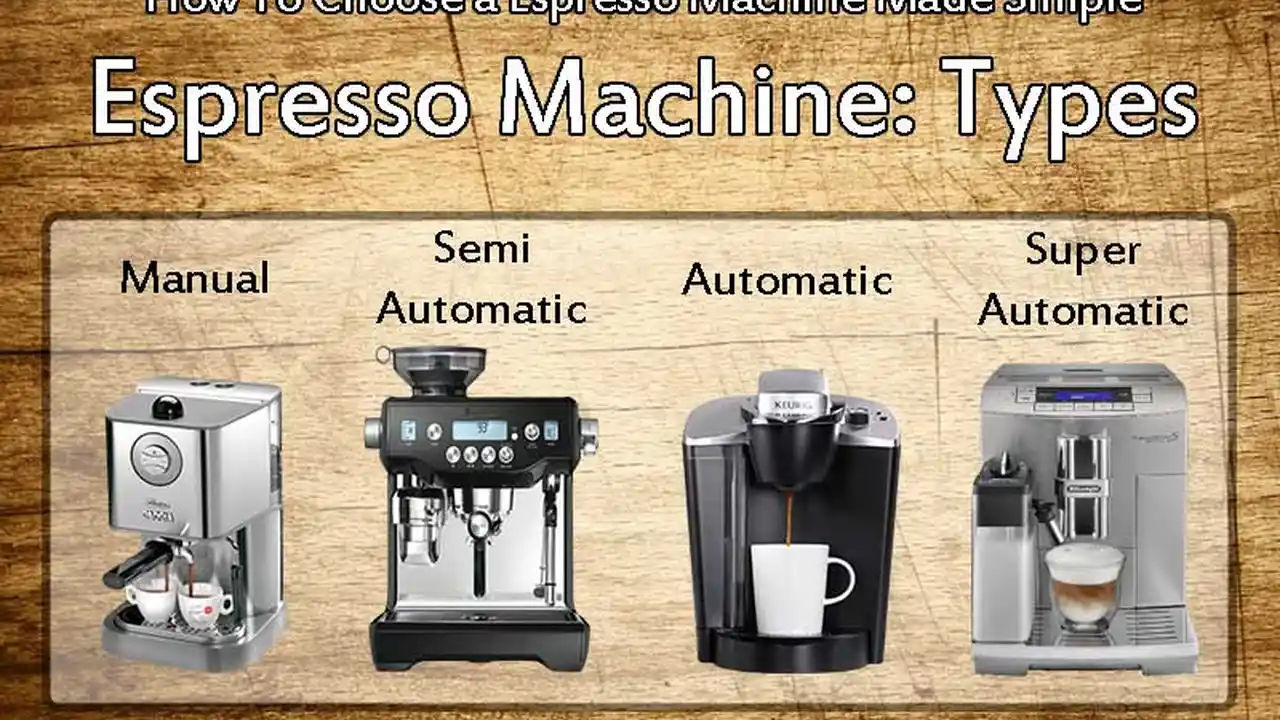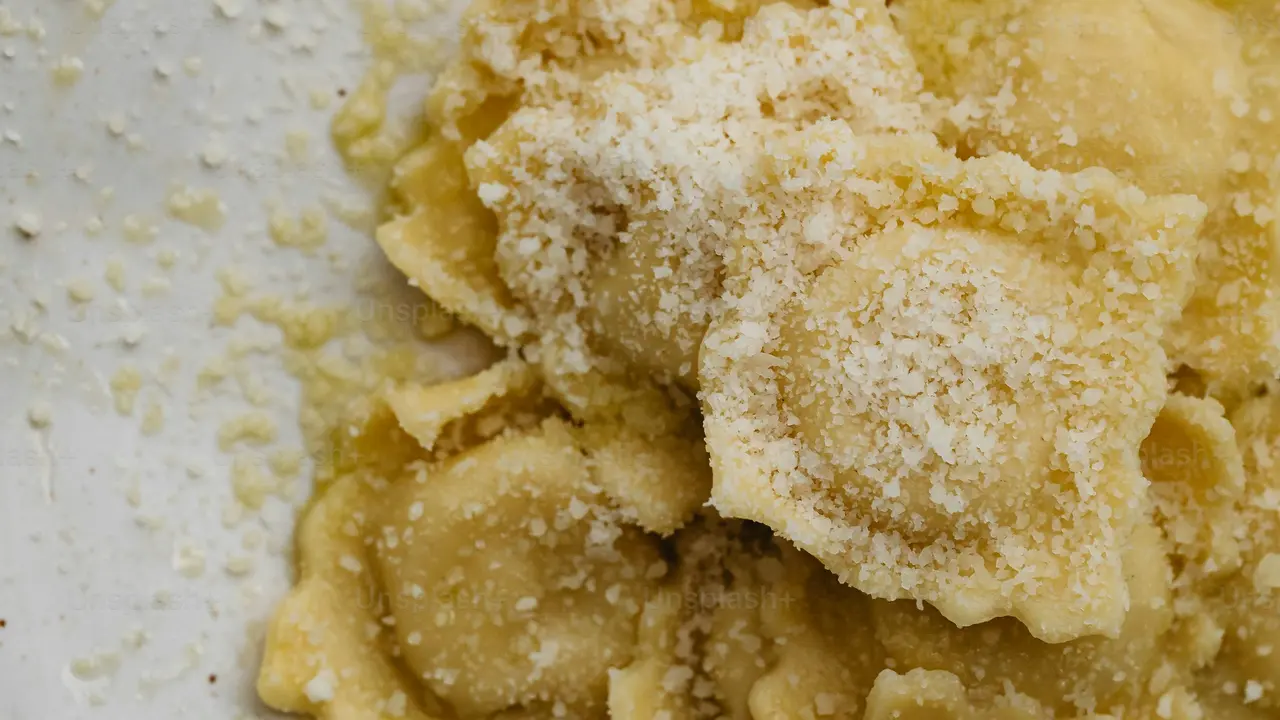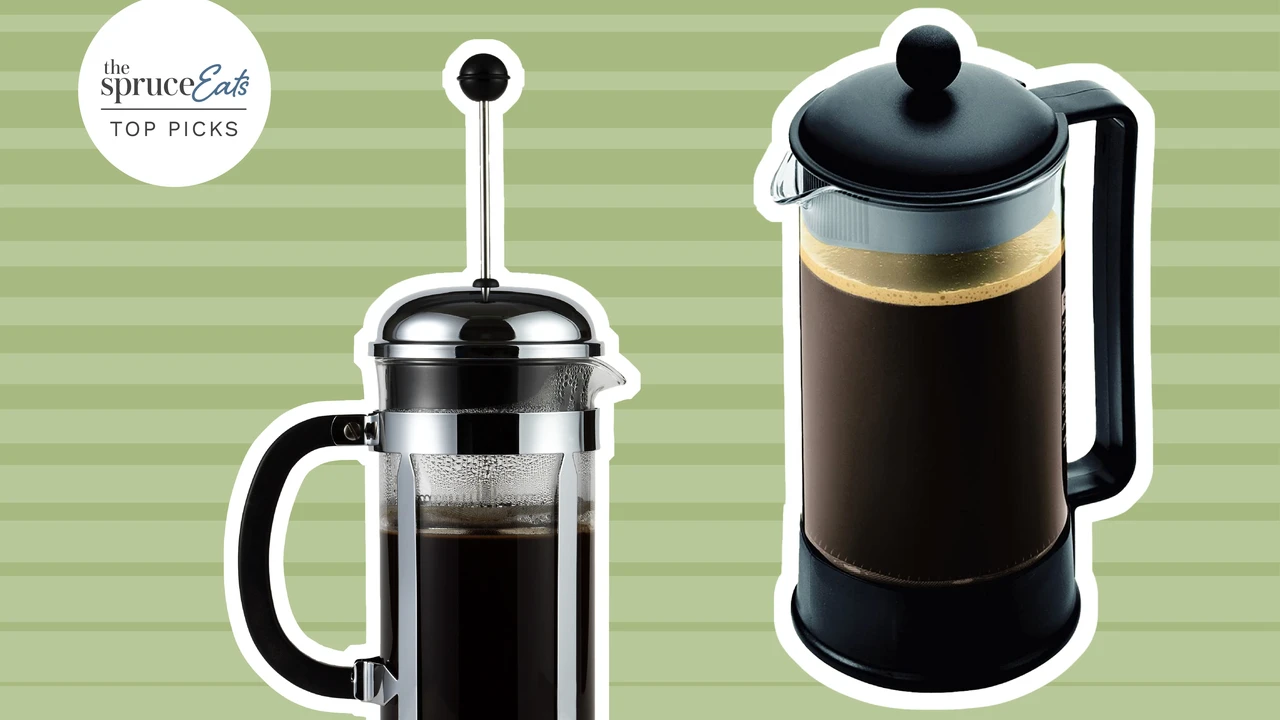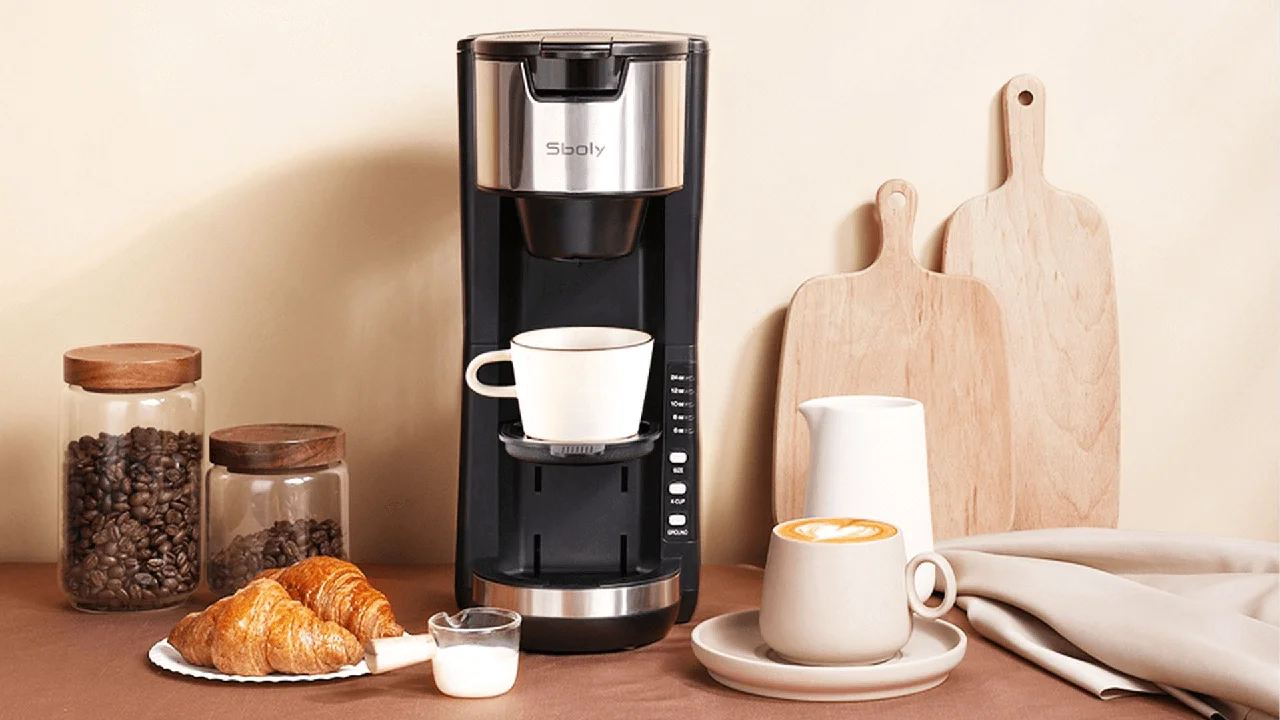Espresso Machine Buying Guide: What to Look For
Explore the 7 best coffee brewing methods for the perfect cup Compare French Press, Pour Over, Espresso & more Find the right method for your taste and skill level

Espresso Machines What Are They And Why You Need One
So, you're thinking about diving into the world of espresso? Awesome choice! Espresso machines might seem intimidating at first, but trust me, once you get the hang of it, you'll be whipping up lattes and cappuccinos like a pro. But where do you even begin? There are SO many options out there. Let's break down what an espresso machine actually *is* and why it’s a game-changer for any serious coffee lover.
Basically, an espresso machine forces hot water through finely-ground coffee beans at high pressure. This process extracts the rich, concentrated flavors and oils that create that signature espresso shot – the foundation for so many delicious coffee drinks. Unlike drip coffee, espresso is intense, bold, and has a creamy texture (thanks to the crema!).
Why get one? Well, think about it: no more expensive trips to the coffee shop every morning. You can customize your drinks exactly how you like them, experiment with different beans, and impress your friends with your barista skills. Plus, the aroma of freshly brewed espresso filling your kitchen? Priceless.
Budget Considerations For Your Espresso Machine Purchase The Sweet Spot
Okay, let’s talk money. Espresso machines range in price from a couple hundred bucks to several thousand. Figuring out your budget is crucial before you get lost in the sea of features and options. Here’s a general idea of what you can expect at different price points:
- Entry-Level ($100 - $300): These are usually manual or semi-automatic machines. They're great for beginners who want to learn the basics of espresso making without breaking the bank. Expect simpler features and less consistency compared to higher-end models.
- Mid-Range ($300 - $1000): This is the sweet spot for most home baristas. You'll find a good balance of features, durability, and performance. Look for machines with PID controllers for temperature stability, better steam wands, and more precise controls.
- High-End ($1000+): These are professional-grade machines designed for serious coffee enthusiasts. They offer advanced features like dual boilers, pre-infusion, and precise pressure control. Expect exceptional performance and durability, but also a steeper learning curve.
Pro Tip: Don't just focus on the initial price. Consider the long-term cost of maintenance, accessories (like a good tamper and milk frothing pitcher), and coffee beans! Factor these into your overall budget.
Espresso Machine Types Manual Semi Automatic Automatic Super Automatic What's The Difference
This is where things can get a little confusing. Let's break down the different types of espresso machines and what they each offer:
- Manual (Lever) Espresso Machines: These require the most hands-on involvement. You control everything – from grinding the beans to pulling the shot. They offer the most control over the brewing process, but also require the most skill and practice. Think of them as the "purist" option.
- Semi-Automatic Espresso Machines: These machines automate the water-pumping process, but you still control when to start and stop the extraction. This gives you more control than automatic machines, but less than manual ones. They're a good middle ground for those who want some control but don't want to be overwhelmed.
- Automatic Espresso Machines: These machines automate the entire brewing process. You simply press a button, and the machine grinds, tamps, and pulls the shot for you. They're convenient and consistent, but offer less control over the final product.
- Super-Automatic Espresso Machines: These are the ultimate convenience machines. They grind the beans, tamp the coffee, brew the espresso, and even froth the milk – all with the touch of a button. They're perfect for busy people who want a quick and easy espresso without any fuss.
Key Features To Consider For Your Espresso Machine PID Controllers Pressure Gauges Steam Wands And More
Now, let's dive into some of the key features to look for in an espresso machine:
- PID Controller: This is a temperature control system that ensures the water stays at a consistent temperature throughout the brewing process. Temperature stability is crucial for extracting the best flavor from your coffee beans.
- Pressure Gauge: This indicates the pressure being applied during extraction. The ideal pressure for espresso is around 9 bars. A pressure gauge helps you fine-tune your technique and ensure optimal extraction.
- Steam Wand: A good steam wand is essential for making lattes and cappuccinos. Look for a wand that's easy to maneuver and produces consistent, microfoam milk.
- Boiler Type: Espresso machines typically have either a single boiler, a heat exchanger, or a dual boiler. Dual boilers offer the best temperature stability and allow you to brew espresso and steam milk simultaneously.
- Portafilter Size: The portafilter is the basket that holds the coffee grounds. A larger portafilter (58mm is standard) allows for more even extraction.
- Water Reservoir Size: Consider the size of the water reservoir based on how much coffee you drink. A larger reservoir means you won't have to refill it as often.
Espresso Machine Recommendations Specific Products With Prices And Use Cases
Alright, let’s get to the good stuff! Here are a few specific espresso machine recommendations, catering to different budgets and needs:
- Breville Bambino Plus ($500): A fantastic entry-level machine. It's compact, easy to use, and heats up quickly. It features automatic milk frothing, making it perfect for beginners who want to make lattes and cappuccinos. Use Case: Ideal for small kitchens and those new to espresso.
- Gaggia Classic Pro ($450): A classic machine that's been around for years and is known for its durability and performance. It's a semi-automatic machine that requires some skill to master, but it's capable of producing excellent espresso. Use Case: Great for those who want to learn the art of espresso making and are willing to put in the time to practice.
- Rancilio Silvia ($750): A step up from the Gaggia Classic Pro, the Rancilio Silvia is a semi-automatic machine that's known for its temperature stability and build quality. It's a favorite among serious home baristas. Use Case: Suitable for those who are passionate about espresso and want a machine that will last for years.
- Breville Barista Express ($700): An all-in-one machine that grinds, tamps, and brews espresso. It's easy to use and produces consistent results. Use Case: Perfect for those who want a convenient and reliable espresso machine without sacrificing quality.
- La Marzocco Linea Mini ($6000): If you're serious about espresso and have the budget, the La Marzocco Linea Mini is the ultimate home espresso machine. It's a commercial-grade machine that's known for its exceptional performance and durability. Use Case: For the true espresso aficionado who wants the best of the best.
Espresso Machine Comparison Chart Side By Side Analysis Of Different Models
To help you visualize the differences between these machines, here's a quick comparison chart:
| Machine | Type | Price (Approx.) | Key Features | Use Case |
|---|---|---|---|---|
| Breville Bambino Plus | Automatic | $500 | Compact, easy to use, automatic milk frothing | Beginners, small kitchens |
| Gaggia Classic Pro | Semi-Automatic | $450 | Durable, good performance, requires practice | Those who want to learn espresso making |
| Rancilio Silvia | Semi-Automatic | $750 | Temperature stability, high build quality | Passionate espresso enthusiasts |
| Breville Barista Express | Semi-Automatic | $700 | All-in-one, easy to use, consistent results | Convenience without sacrificing quality |
| La Marzocco Linea Mini | Semi-Automatic | $6000 | Commercial-grade, exceptional performance, durable | Espresso aficionado who wants the best |
Espresso Machine Maintenance Cleaning Descaling And More
Once you've invested in an espresso machine, it's important to take care of it properly. Regular maintenance will ensure that your machine lasts for years and continues to produce great espresso.
- Cleaning: Clean your machine regularly with a damp cloth. Remove the portafilter and clean it after each use. Backflush your machine regularly to remove coffee oils and residue.
- Descaling: Descaling removes mineral buildup from your machine. The frequency of descaling depends on the hardness of your water. Use a descaling solution specifically designed for espresso machines.
- Water Filter: Use a water filter to remove impurities from your water. This will improve the taste of your espresso and protect your machine from mineral buildup.
Where To Buy Your Espresso Machine Online Vs In Store
You have a few options when it comes to buying your espresso machine:
- Online Retailers: Amazon, Williams Sonoma, and other online retailers offer a wide selection of espresso machines. You can compare prices and read reviews easily online.
- Specialty Coffee Shops: Many specialty coffee shops sell espresso machines and accessories. This is a great option if you want to get expert advice and see the machines in person.
- Appliance Stores: Big box appliance stores like Best Buy also sell espresso machines. They may not have the same level of expertise as specialty coffee shops, but they often offer competitive prices.
Pro Tip: Before you buy, read reviews from other users and compare prices from different retailers. Don't be afraid to ask questions and get expert advice.
:max_bytes(150000):strip_icc()/277019-baked-pork-chops-with-cream-of-mushroom-soup-DDMFS-beauty-4x3-BG-7505-5762b731cf30447d9cbbbbbf387beafa.jpg)






